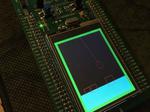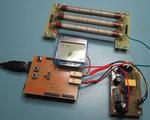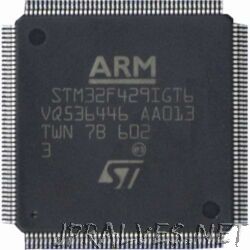Other

“This guide is written for developers who wish to start programming microcontrollers using GCC compiler and bare metal approach. We are going to use a Nucleo-F429ZI development board with STM32F429 microcontroller (buy on Mouser). But basic principles would be …

“Yeah, the LCD is tiny at 2.4”, and the emulation runs about 15% slower than an NTSC C64. But it’s running on a small embedded board that’s available for under $30 US (DigiKey, Mouser, …) including mounted LCD …

“A 2D physics engine with a lot of features made from scratch and running on an STM32F429. The project This project demonstrates that it is possible to run a 2D Physics engine made from scratch in Ada on a STM32 …

“The GeigerMüller counter is a relatively simple tool to measure ionizing radiation. To increase sensitivity, construction presented here contains three (instead of one as usually) soviet STS-5 lamps. This is important for measurements of natural sources of (low) radiation …

